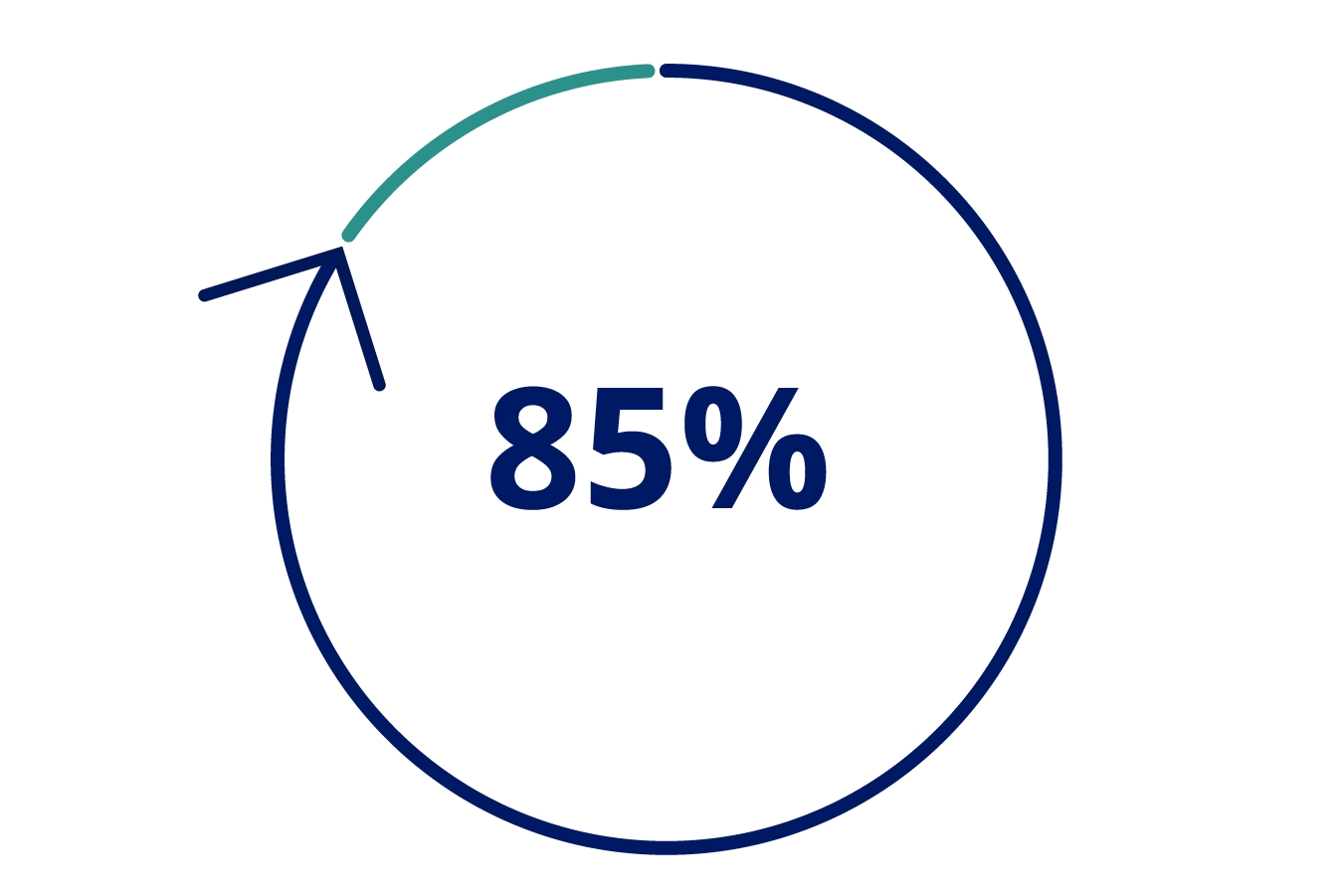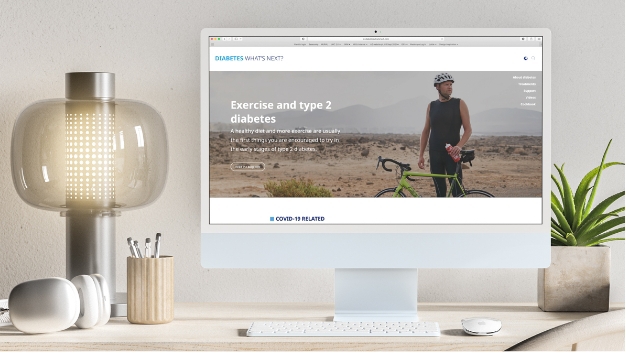For healthcare professionals only
You are viewing the Novo Nordisk Virtual platform, provided to non-US health care professionals from around the world. By accessing this site and materials you accept this legal notice and expressly confirm your status as a healthcare professional.
This site is not country-specific and therefore may contain information which is not applicable to your country. Therefore, before prescribing any product, always refer to local materials such as the prescribing information and/or the Summary of Product Characteristics.
This site is not intended to provide medical advice and/or treatment guidance. Novo Nordisk accepts no liability for the accuracy, completeness or use of the information, and disclaims any liability to update the information contained on this site.
American College of Cardiology (ACC) guidelines:8
- For adults with T2D who have >1 of the following: ASCVD, heart failure, diabetic kidney disease and high risk of ASCVD: The ACC 2020 expert consensus decision pathways recommend starting with a sodium-glucose co-transporter-2 inhibitor (SGLT-2i) or glucagon-like peptide-1 receptor agonist (GLP-1 RA) with proven CV benefits depending on patient-specific factors and comorbidities
Discover how ACC guidelines can support heart attack risk reduction >
American Heart Association (AHA)/ American Stroke Association (ASA) guidelines:9
- For adults with T2D and established ASCVD, including ischaemic stroke: The 2021 AHA/ASA guidelines recommend the addition of glucagon-like peptide-1 receptor agonist (GLP-1 RA)* therapy to metformin, independently of baseline glycated haemoglobin (HbA1c), when prevention of further vascular events is the priority
*Not all GLP-1 RAs demonstrate stroke reduction benefits
Discover how ADA and EASD guidelines can support your treatment choice >
European Society of Cardiology (ESC) guidelines:10
- For adults with T2D and established ASCVD: The 2021 ESC guidelines recommend the use of a glucagon-like peptide-1 receptor agonist (GLP-1 RA) or sodium-glucose co-transporter-2 inhibitor (SGLT-2i) with proven outcome benefits to reduce CV and/or cardiorenal outcomes
- Post-stroke: GLP-1RA treatment is recommended in post-stroke patients
Discover how ESC guidelines can support you >
Your role is central to ASCVD management in patients with established CVD and T2D.
Lead the way in winning the hearts and minds of people with established CVD and T2D through early intervention and management of ASCVD and in turn reducing the risk of heart attacks and strokes.
Buddeke J, et al. Br J Gen Pract. 2019;69(683): e398-e406.
Mosenzon O, et al. Cardiovasc Diabetol. 2021;20:154.
Barquera S, et al. Archives Med Res. 2015;46:328-338.
Low Wang CC, et al. Circulation. 2016;133:2459-2502.
Echouffo-Tcheugui JB, et al. Eur Heart J. 2018;39:2376-2386.
Almdal T, et al. Arch Intern Med. 2004;164:1422-1426.
Fox CS, et al. JAMA. 2004;292:2495-2499.
Das SR, et al. J Am Coll Cardiol. 2020;76:1117-1145.
Kleindorfer DO, et al. Stroke. 2021;52:e364-e467.
Visseren FLJ, et al. Eur Heart J. 2021;42:3227-3337.
Ludwig L. et al. Cardiovasc Diabetol. 2020;19:65.
Kristensen SL, et al. Lancet Diabetes Endocrinol. 2019;7:776–785.









